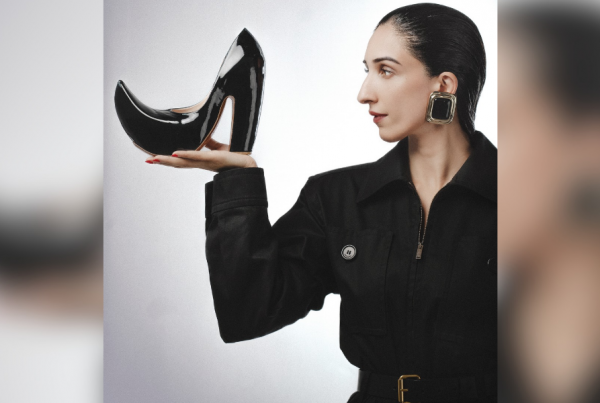Given Pakistan’s obsession with lawn prints, it is odd that no designer has been able to come up with a single, signature print.
Pakistan would be a tropical paradise if it had even a fraction of the robust vibrancy of nature that is exhibited on its lawn prints. I don’t think there is a leaf, a sprig or a species of flower that hasn’t been celebrated in two colour ways each. From parrots to parakeets, crows, sparrows, swallows, peacocks, flamingos, penguins, robins, hummingbirds and many other birds of paradise, the number of species visible on lawn prints would make any bird lover proud. But in this wild celebration of nature, where is the signature? How do we distinguish one label from another if every label is dipping its creative pen into the same ink?
Let’s take a look beyond Pakistan for some perspective. French luxury label Hermes started designing square silk scarves in 1937 and it reportedly sells one scarf every 25 seconds. Hermes has, since 1937, produced over 2000 prints designed by over 150 graphic artists from all over the world. That may seem like too much to remember but these scarves are one of the fashion house’s most recognizable accessories.
Missoni, that covetable Italian brand, created its first iconic zigzag print in 1962 and by the 70s the Missoni zigzag was at the height of its fame. “It was coveted by the fashion crowd,†Global Blue writes. “Anna Piaggi and Diana Vreeland were two of its biggest fans, while fashion glossies from around the world fought to put the kaleidoscopic colours of Missoni’s hippy-chic prints on their pages. The brand continued to develop, introducing space-dyed patterns, boiled knits and adjustable drawstrings, but the zigzag remained the most sought-after Missoni design.â€
Let’s think of other international brands with signature prints other than their monogram prints. Gucci does own its signature Chain Print, Roberto Cavali is infamous for his love for all things carnivorously wild and Burberry, of course, has its plaid. The 50-year old Burberry checkered print, in fact, is one of the most recognizable prints in the world.
Which brings us back home to Pakistan. Given the country’s obsession with lawn prints, it is odd that no designer has been able to come up with one singular, signature print. Sania Maskatiya has come up with several distinct prints over the years; the ‘Dilkash’ diamond print being one of her first and most memorable. Maheen Khan’s newspaper print and Google prints are very unique to her brand Gulabo. But even these prints are not leitmotifs of the brand. They have come and gone as seasonal trends and are not in continuity as is the Burberry plaid or the Missoni zigzag.  What we need is identity reinforced by continuity, especially when it comes to prints, as prints are such a staple in Pakistan’s massive consumption of fabric.
Designers claim it isn’t easy to trademark prints simply because they design for a cross section of society and variety is the key to success. But what we’re discussing isn’t the need to change lawn collections but for designers to have trademark prints that they may incorporate in lawn, ready to wear and luxury prêt. For design labels working with prints – and that would be all of them – there needs to be a signature print that one can immediately relate to the brand. I would be able to recognize the Dilkash print by Sania Maskatiya, or the black and white graphic that has become a classic Sana Safinaz print (it even adorns the walls of their stores). I would have loved to have associated the newsprint with Maheen Khan except other labels like Khaadi and MK Nation have also interpreted their own versions of the newsprint by now. Again, there is a desperate need for brand identity.
Until then Pakistan’s plethora of rising brands will continue playing with Oriental motifs one season and Moroccan inspirations the next. You’ll see birds as frequently as bees and bugs and Chinese pagodas and urns and sadly, you’ll never be able to recognize the brand behind it.
Captions:
Hermes’ Autumn-Winter collection for 2008 featured a stunning series of scarves that continued with the same theme that inspired their Spring-Summer collection: mystical India.
Animal prints are all over the place but Roberto Cavalli has, over time, managed to claim some kind of ownership and identity around them.
It’s a jungle out there! Jungle prints have been such a roaring success in Pakistan this year!








